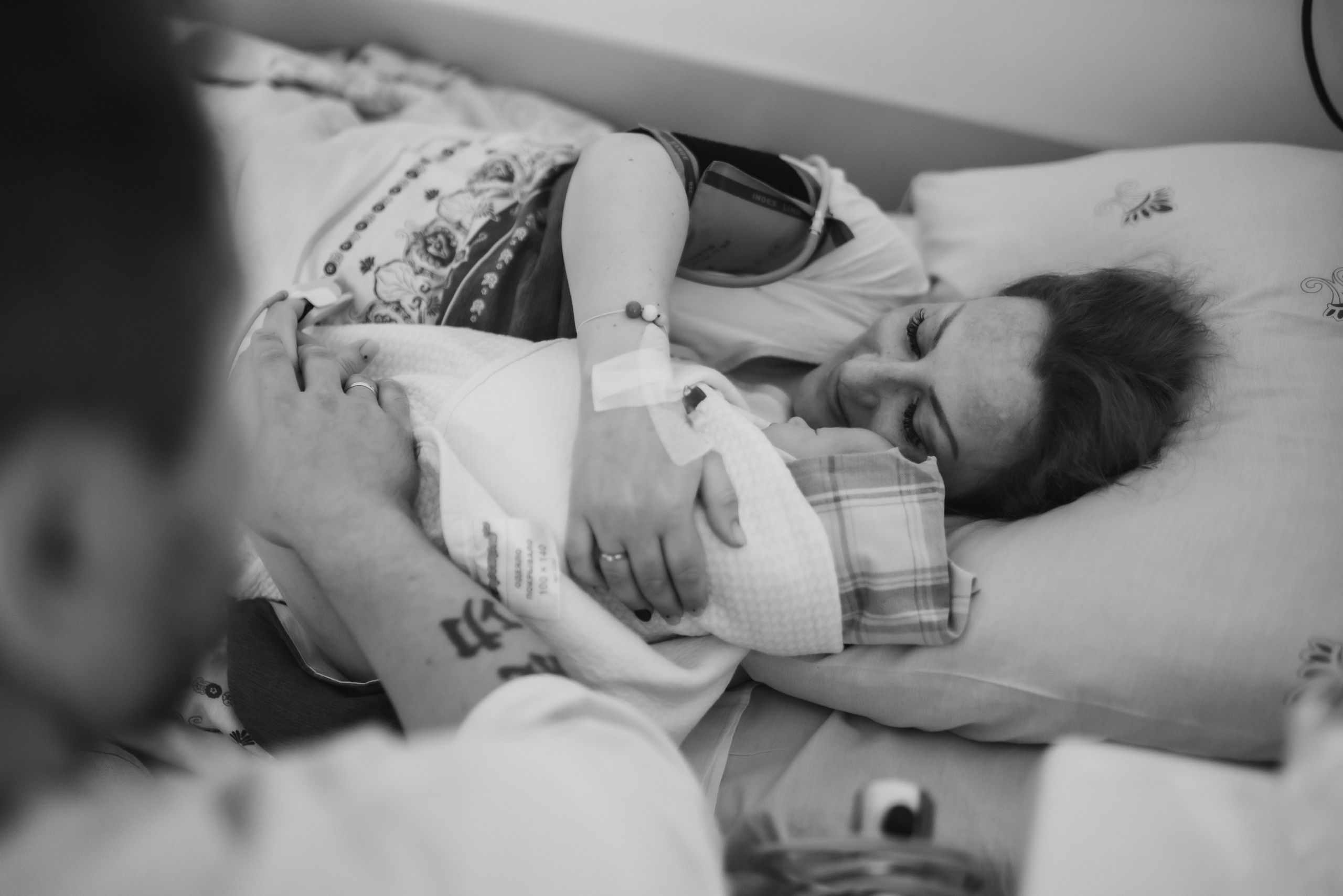
The importance of labor and delivery photos
Photographs of labor and delivery carry immense sentimental value, acting as tangible memories that can be cherished for a lifetime. They capture fleeting moments that might otherwise be forgotten amidst the whirlwind of emotions and experiences. From the first contraction to the first breath, every detail is a piece of the larger story of birth. These images can be shared with the child as they grow, providing them with a visual history of their entry into the world and the love that surrounded them from the very beginning.
Moreover, labor and delivery photos can also serve as a source of empowerment and healing for the mother. Viewing these images allows her to reflect on her strength and the incredible journey she undertook to bring her child into the world. It can be a deeply therapeutic experience, helping her to process the emotions and events of birth. For many families, these photos become treasured heirlooms, passed down through generations, and celebrated as a testament to the miracle of life.
Choosing the right photographer
Selecting the right photographer for a labor and delivery photoshoot is crucial, as it ensures that the special moments are captured with sensitivity and skill. When choosing a photographer, it’s important to look for someone who specializes in birth photography and has experience in this unique field. Birth photography requires not only technical expertise but also a deep understanding of the emotional and physical dynamics of labor and delivery. A photographer who is familiar with these aspects will be able to anticipate key moments and capture them with finesse.
When researching potential photographers, review their portfolios to get a sense of their style and approach. Look for images that resonate with you and evoke the emotions you want to capture in your own photos. Pay attention to their use of light, composition, and their ability to capture candid, authentic moments. It’s also beneficial to read testimonials and reviews from other clients to gauge their experience and satisfaction with the photographer’s work.
Another important factor to consider is the photographer’s personality and how comfortable you feel with them. Labor and delivery are intensely personal experiences, and having a photographer who is respectful, empathetic, and discreet can make a significant difference. Arrange a meeting or a video call to discuss your expectations, preferences, and any concerns you may have. This will help you build a rapport and ensure that you are comfortable with their presence during such a private and emotional time.
Preparing for a labor and delivery photoshoot
Preparation is key to ensuring that your labor and delivery photoshoot goes smoothly and successfully. Start by discussing your vision and preferences with your photographer well in advance. Share your birth plan and any specific moments you want to be captured, such as the first skin-to-skin contact or the cutting of the umbilical cord. Clear communication with your photographer will help them understand your expectations and plan accordingly.
It’s also important to prepare mentally and emotionally for the photoshoot. Labor and delivery can be unpredictable, and staying flexible and open-minded will help you adapt to any changes that may occur. Trust in your photographer’s expertise and ability to capture the essence of your experience, even if things don’t go exactly as planned. Remember that the beauty of birth lies in its unpredictability and rawness.
In addition to mental preparation, consider practical aspects such as the environment and logistics. Ensure that your birthing location, whether it’s a hospital, birthing center, or home, is conducive to photography. Discuss with your healthcare provider any restrictions or guidelines regarding photography during labor and delivery. Make sure your photographer has access to the necessary spaces and is aware of any protocols they need to follow.
Essential gear for capturing stunning images
Having the right gear is essential for capturing stunning labor and delivery photos. While a skilled photographer can create beautiful images with minimal equipment, certain tools can enhance the quality and impact of the photos. The primary piece of equipment is, of course, the camera. A high-quality DSLR or mirrorless camera with excellent low-light performance is ideal, as labor and delivery rooms often have dim lighting. Choose a camera with a fast and accurate autofocus system to ensure sharp images of moving subjects.
Lenses are equally important in birth photography. A versatile zoom lens, such as a 24-70mm, allows for a range of shots from wide-angle to close-ups without needing to change lenses frequently. Prime lenses, like a 50mm or 85mm, are great for capturing intimate moments with a shallow depth of field, creating a beautiful bokeh effect. Having a macro lens can be beneficial for detailed shots, such as the baby’s tiny fingers and toes. A combination of these lenses will provide flexibility and creative options during the photoshoot.
Other essential gear includes a reliable flash or continuous light source to handle low-light situations. Avoid using harsh, direct flash, which can be disruptive and unflattering. Instead, opt for diffused lighting to create a soft, natural look. Additionally, bring extra batteries and memory cards to ensure you don’t miss any crucial moments. A sturdy tripod can be useful for stabilizing the camera during extended periods of shooting, particularly in low-light conditions. These tools, combined with your photographer’s skill, will help capture stunning labor and delivery photos.
Tips for capturing authentic moments
Capturing authentic moments during labor and delivery requires a blend of technical skill and emotional sensitivity. One of the most important tips is to be invisible yet present. As a photographer, your goal is to document the natural flow of events without interfering or drawing attention to yourself. This allows the family to focus on the experience and emotions, resulting in candid and genuine photos.
Timing is crucial in birth photography. Anticipate key moments and be ready to capture them as they unfold. This includes the progression of labor, the support and interactions between family members, and the pivotal moments of delivery. Stay attuned to the atmosphere and emotions in the room, as these will guide you in capturing the essence of the experience. Patience and attentiveness are key, as labor can be a long process with sudden bursts of activity.
Another important tip is to focus on the details that tell the story of birth. Close-up shots of hands gripping, tears of joy, and the first touch between mother and baby are powerful images that convey the intensity of the moment. Look for those small yet significant details that might otherwise go unnoticed. These images often hold the most emotional weight and become cherished memories. Remember to capture a mix of wide, medium, and close-up shots to create a comprehensive narrative of the birth.
Understanding lighting and composition
Mastering lighting and composition is essential for creating stunning labor and delivery photos. Lighting in birthing environments can be challenging, as it is often dim and variable. Natural light is ideal, so if possible, position yourself near windows or other light sources. When natural light is not available, use soft, diffused artificial lighting to avoid harsh shadows and unflattering highlights. Pay attention to the direction and quality of light, as it can dramatically impact the mood and feel of the images.
Composition plays a vital role in creating visually compelling photos. Use the rule of thirds to create balanced and dynamic images. Position key elements off-center to draw the viewer’s eye and create a sense of movement. Leading lines, such as hospital equipment or the mother’s gaze, can guide the viewer through the image and emphasize the connection between subjects. Experiment with different angles and perspectives to add depth and interest to your photos.
Framing is another important aspect of composition. Use elements in the environment to frame your subjects, such as doorways, curtains, or hands. This creates a sense of intimacy and focus, highlighting the emotional connection between the subjects. Pay attention to the background and ensure it complements rather than distracts from the main subject. Simple, uncluttered backgrounds are ideal for emphasizing the emotions and interactions. By mastering lighting and composition, you can elevate your labor and delivery photos to create powerful, artistic images.
Post-processing techniques for labor and delivery photos
Post-processing is an essential step in refining and enhancing labor and delivery photos. Begin by selecting the best images that capture the essence and emotion of the experience. Review each photo carefully, considering factors such as composition, lighting, and the emotional impact. Aim to create a cohesive narrative that tells the story of the birth from start to finish. Once you have selected your images, use editing software to make adjustments and enhance the photos.
Basic adjustments include correcting exposure, white balance, and contrast. Labor and delivery photos often have varied lighting conditions, so it’s important to ensure that the images are well-lit and balanced. Adjust the brightness and shadows to highlight key elements and create a natural, pleasing look. Enhance the contrast to add depth and dimension to the photos. Be mindful of the color tones, as they can influence the mood and feel of the images. Warm tones often evoke a sense of comfort and intimacy.
Advanced editing techniques can further enhance the photos and add artistic flair. Use selective adjustments to draw attention to specific details, such as the baby’s face or the mother’s hands. Apply subtle vignetting to create a focal point and add a sense of depth. Experiment with black and white conversions to emphasize the emotions and timeless quality of the images. Retouching can be used to remove distractions and imperfections, but be careful not to over-edit. The goal is to preserve the authenticity and raw beauty of the moments captured.
Sharing and preserving your photos
Sharing and preserving labor and delivery photos allows families to celebrate and relive the miracle of birth. Start by creating a digital gallery or slideshow that showcases the key moments and emotions. This can be shared with family and friends, allowing them to experience the journey and bond with the newborn. Consider using online platforms or social media to share the photos, as this makes it easy for loved ones to view and comment on the images.
Creating physical copies of the photos adds a tangible element to the memories. Print high-quality copies of the most significant images and consider creating a photo book. Photo books provide a beautiful and lasting way to document the journey of birth, with options to add text, captions, and personal notes. Choose a reputable printing service to ensure that the photos are preserved in the best possible quality. Framing and displaying select images in your home can also serve as a constant reminder of the special moments.
Preservation is key to ensuring that these precious memories last for generations. Store digital copies on multiple devices and cloud services to prevent loss due to technical failures. Keep physical copies in a safe, dry place away from direct sunlight and moisture. Consider creating backups and sharing copies with trusted family members. By taking these steps, you can safeguard the photos and ensure that they remain a treasured part of your family’s history.
Conclusion: celebrating the journey of birth
Capturing the miracle of birth through stunning labor and delivery photos is a profound and rewarding endeavor. These images are not merely snapshots; they are powerful stories that convey the intensity, beauty, and joy of bringing a new life into the world. By understanding the importance of these photos, choosing the right photographer, preparing thoroughly, using essential gear, capturing authentic moments, mastering lighting and composition, applying post-processing techniques, and sharing and preserving the photos, you can create a lasting legacy of this transformative experience.
As you embark on the journey of birth photography, remember that each moment is unique and fleeting. Embrace the unpredictability and rawness of the experience, and trust in your ability to capture the essence of the miracle unfolding before you. Whether you are a soon-to-be parent or a photographer, your dedication and skill will result in images that are cherished for a lifetime. Celebrate the journey of birth through the art of photography, and create memories that reflect the miracle of life.
In conclusion, stunning labor and delivery photos serve as a testament to the strength, love, and beauty of the birthing process. They provide a visual history that can be cherished and shared with future generations. By following the tips and techniques outlined in this guide, you can capture these precious moments with skill and sensitivity, ensuring that the miracle of birth is beautifully preserved for years to come.

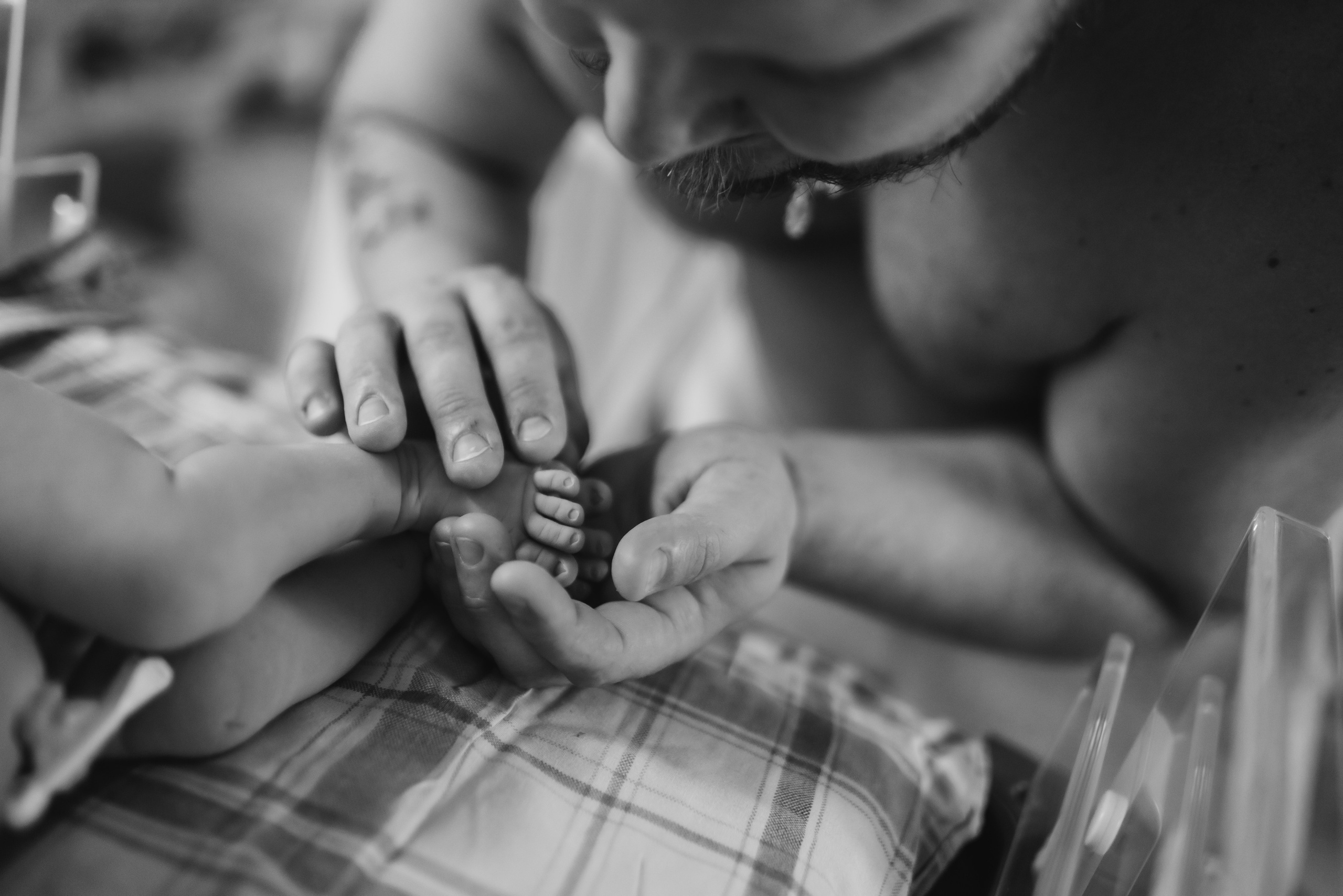

Blog

Growing up in Photographs: our Family’s story
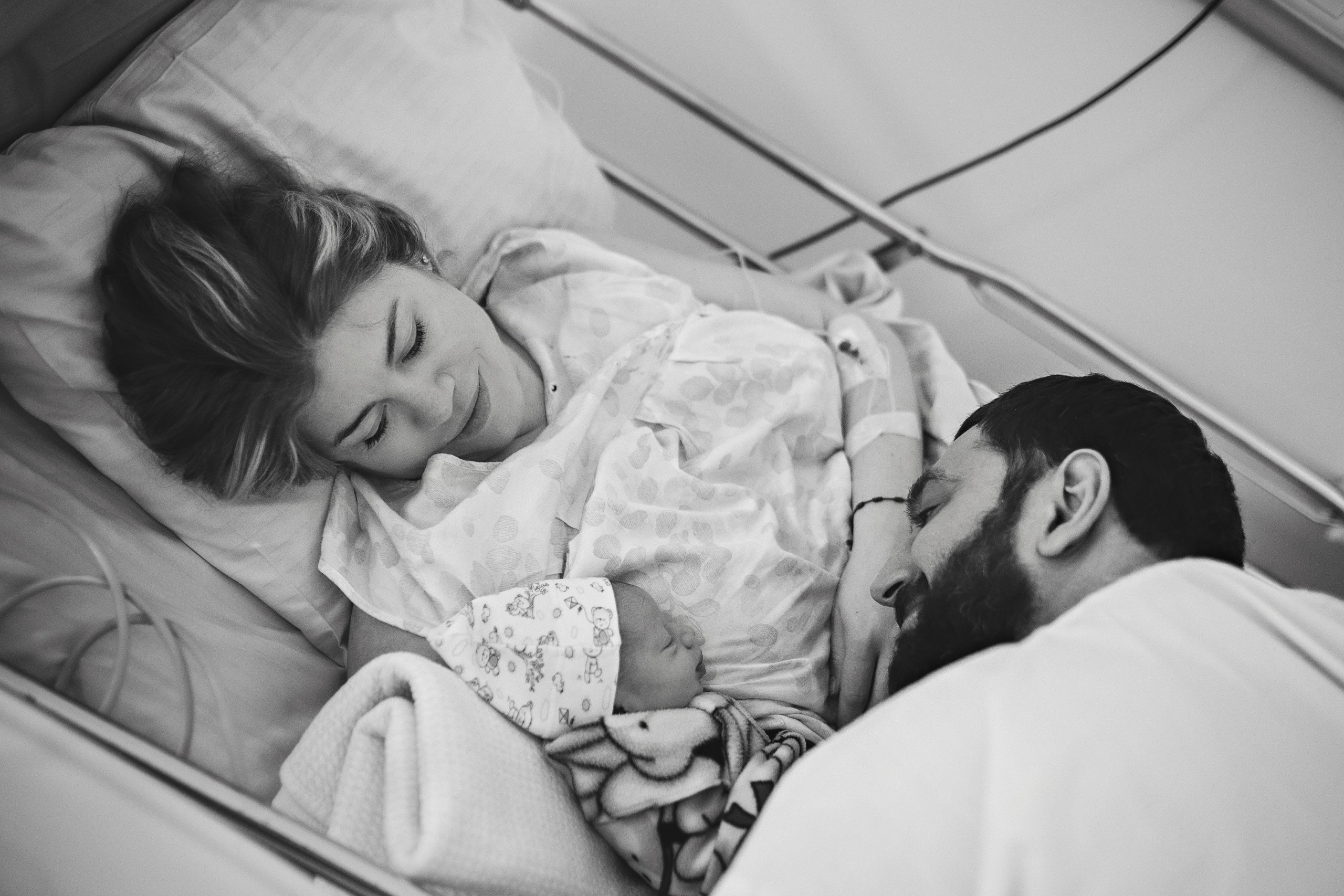
The sacred first moments: why c-section Birth Photography becomes your Family’s greatest treasure

The power of Birth Photography: capturing the moment you become a family

My honest experience with theDesign.Website for Birth & Family Photography

Texas sales tax update for photography services
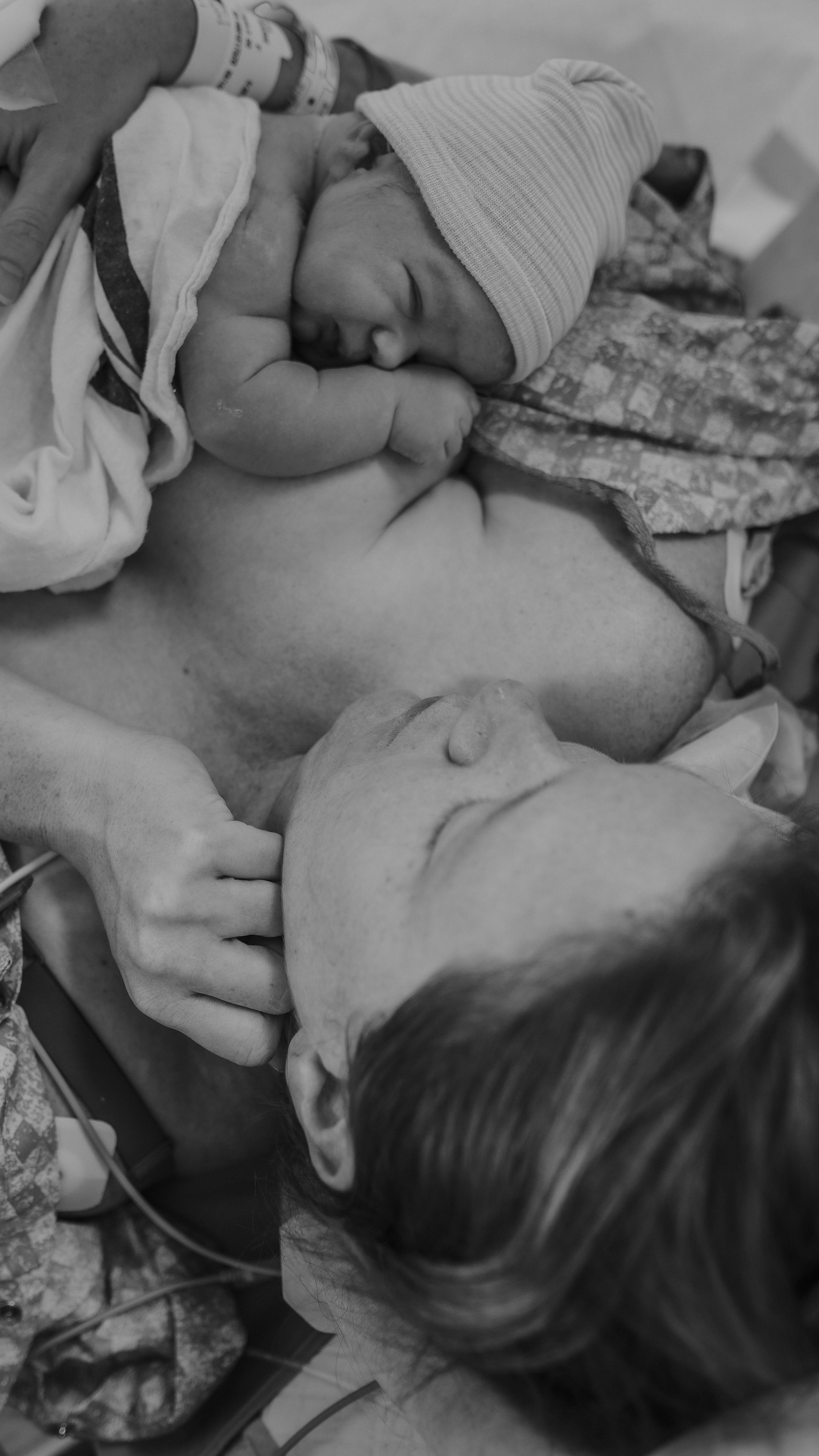
When your Birth Plan changes to a C-section

Why I don’t use props in Newborn Photography

How to get ready for your Newborn photo session: Austin New Born photographer

How to make a planned C-section feel special

15 beautiful and comfortable photo locations with water in and around Austin
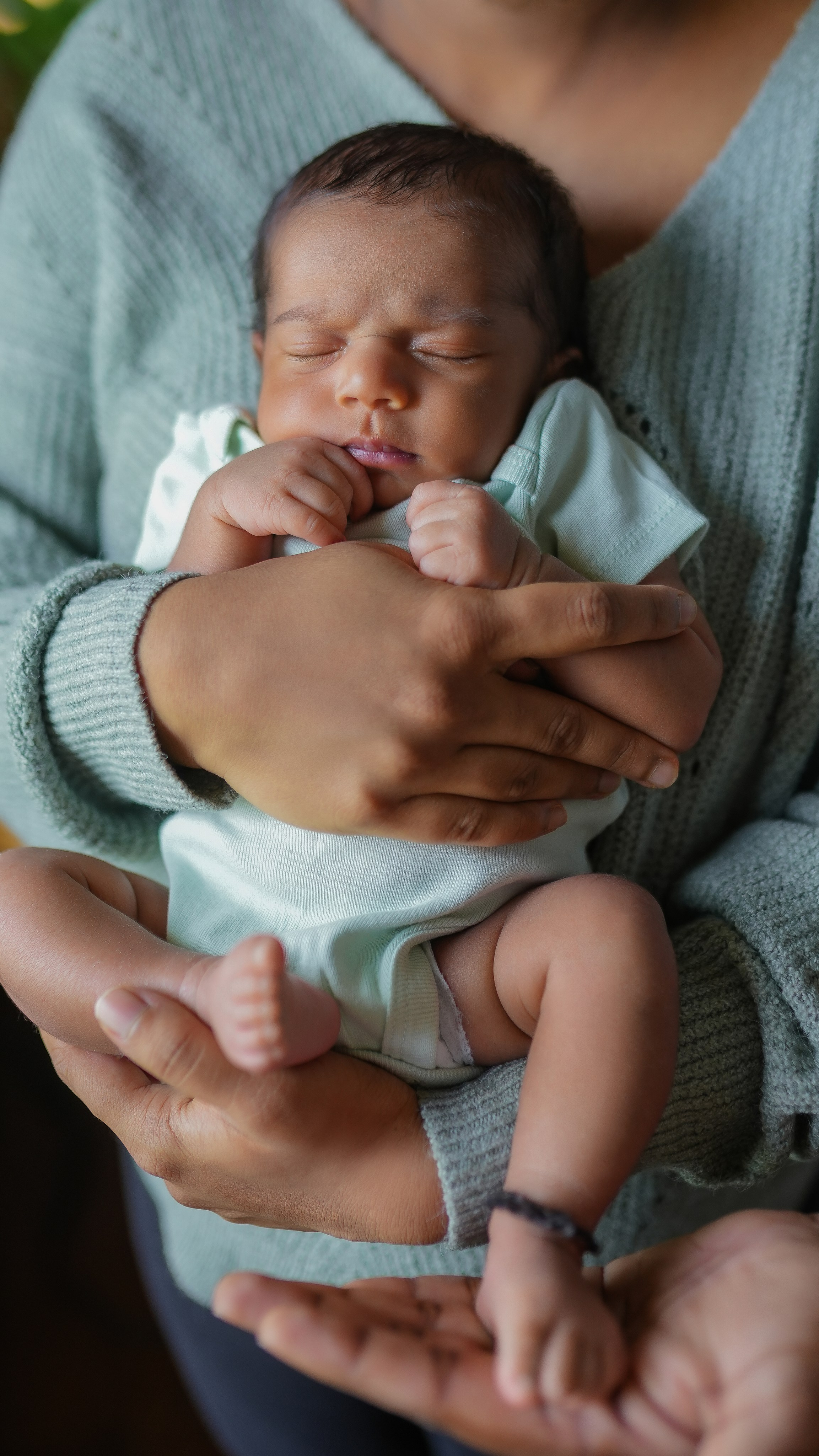
What’s Included in birth and family photography services?
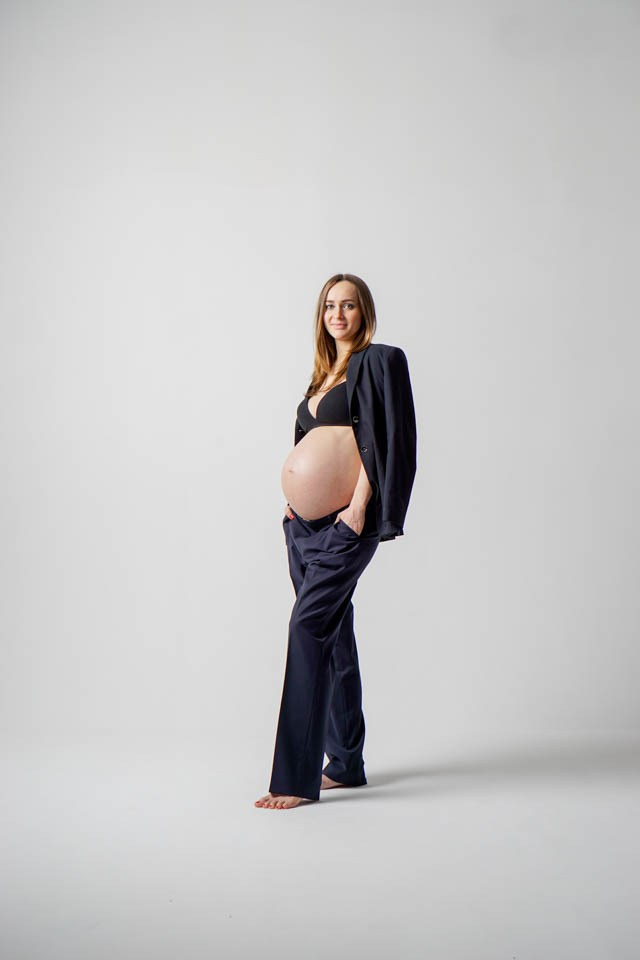
When should you book your maternity photo session?
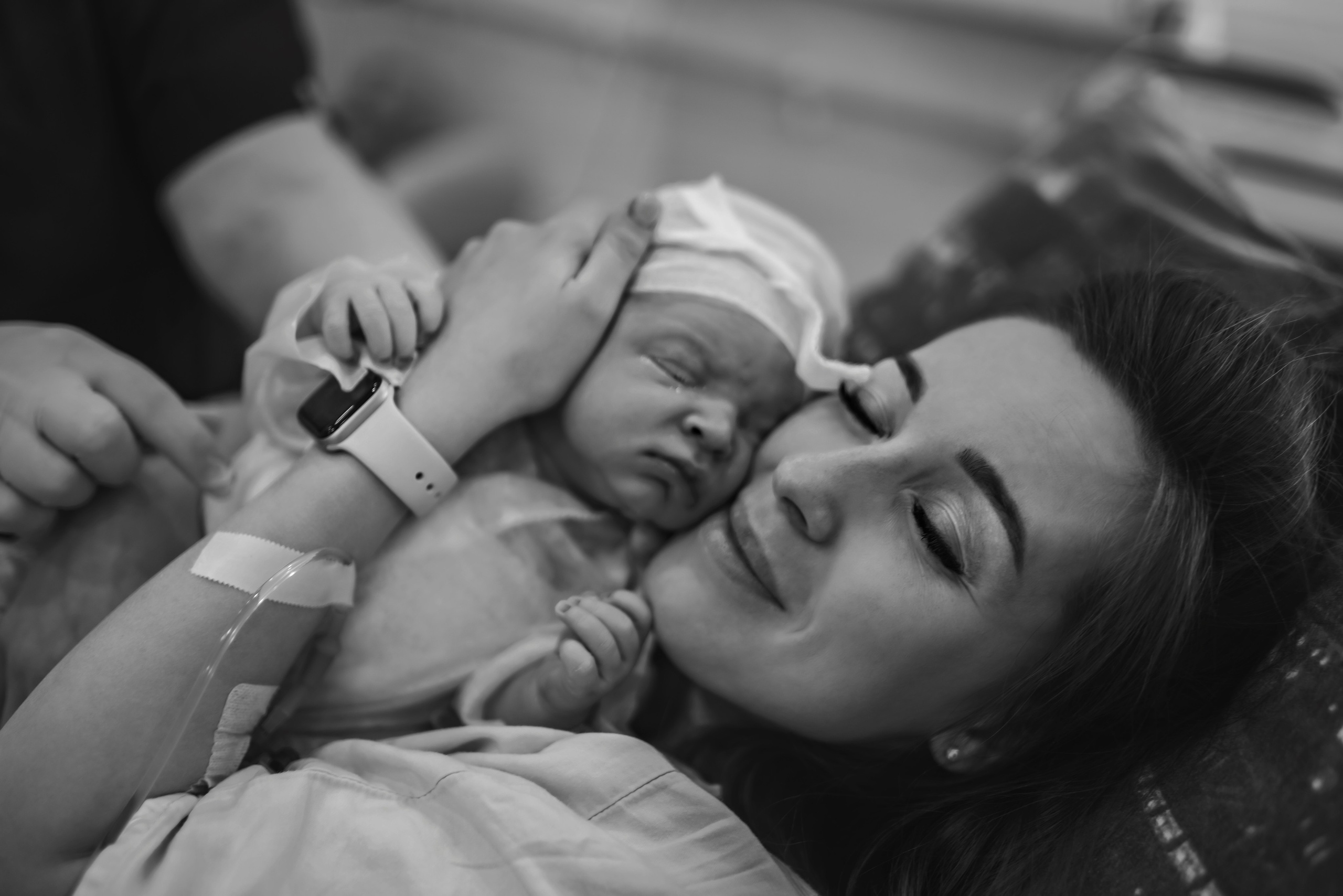
Why my birth photography looks different — and why it matters

How to prepare older siblings for meeting their baby brother or sister

